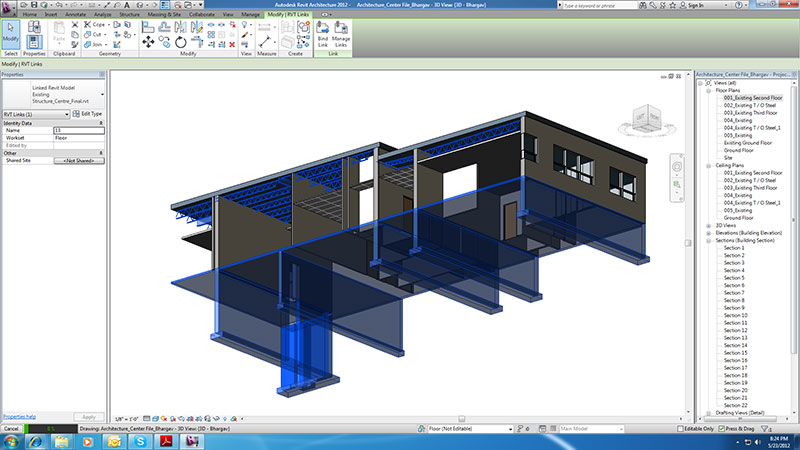Revit Families-Define your own Architecture Revit Family

Creating Revit Families is an essential part of the building process. It concentrates on creating an object before exact construction in accordance with the defined parameters. These parameters are best known as FAMILIES which is a bunch of elements having distinct dimensions and graphical representation. Revit enables clients to develop a 3D image of the product combined with its characteristics and details required for the construction.
Despite the fact that each of these Revit Families performs different functions composed of distinct materials, they have got an identical use. Each family type parameters possess identical characteristics and graphical orientation. When a component of a specific family or family types is developed, an INSTANCE of that element is designed which can be modified without changing the complete family type parameters.
Different kinds of Revit Families are:
1) SYSTEM FAMILIES:
System families generally consist of the family types that are employed to develop building elements such as walls, floors, stairs etc. in your building models. It also consists of project and system settings together with element types including levels, grids, sheets etc.
System families already are predefined in Revit which are saved in templates and projects and cannot be loaded from external source. These simply cannot be created or deleted in any form however its type can be customized to create a custom system family. In system families, one can possibly copy, paste or transfer system family type between the templates unbiased of the type of the system family.
2) LOADABLE FAMILIES:
Revit Loadable families contribute to creating building components like windows, doors, system components such as boilers, water heaters, and plumbing fixtures as well as symbols and title blocks. The highlight attribute of the Loading families is that they could be created and modified in Revit. These are developed in external RFA files, loaded on Revit and instantly to your project. Revit consists of a library of content wherein you can access loadable families and save the families that you develop.
3) NESTING AND SHARING FAMILIES
Nesting families are the families wherein the instances of one family are loaded in other families to develop a totally diverse family thus reducing the modeling time. Based on the way you plan instances of particular families to perform while you integrate these into your projects, you can determine the nested families are shared or not.
4) IN PLACE FAMILIES
In-place elements basically cope with the geometry of the project and are customized elements which sustain relationships with other projects. In-place elements can be multiplied and copied in your project but in-place family types simply cannot duplicate. Unwanted transfer of in-place element needs to be avoided as it enhances the size of the project file thus decreasing the software output.